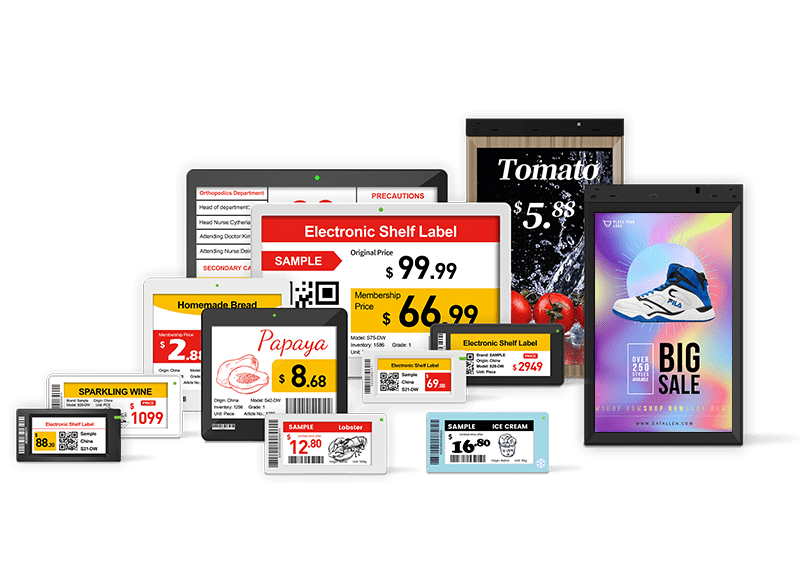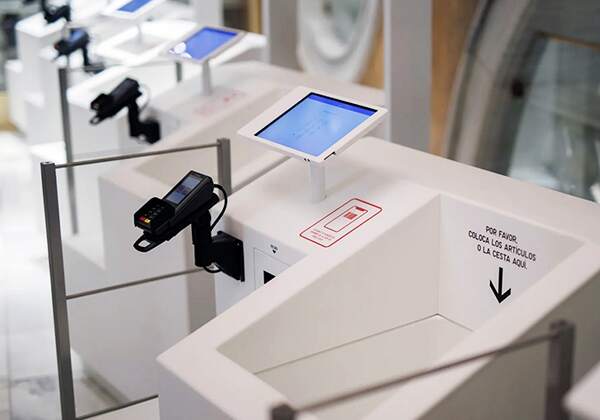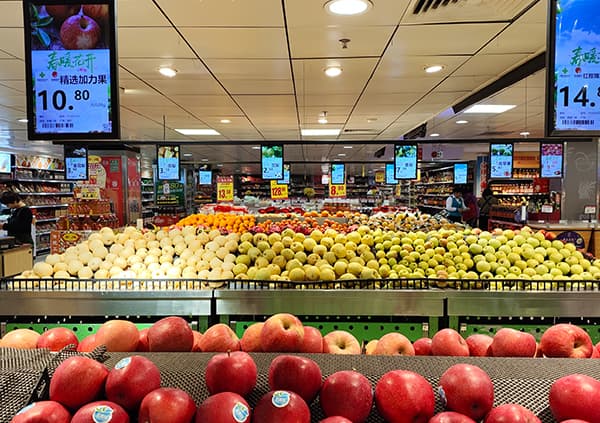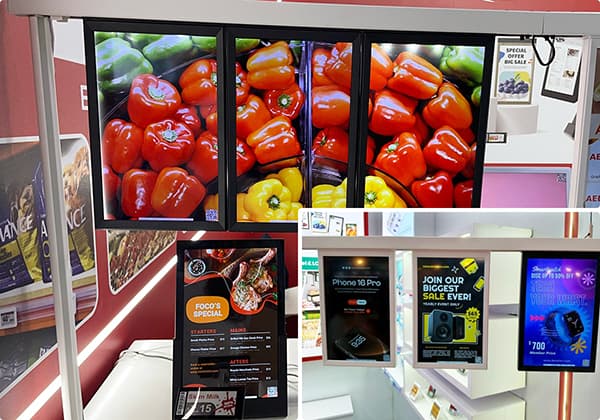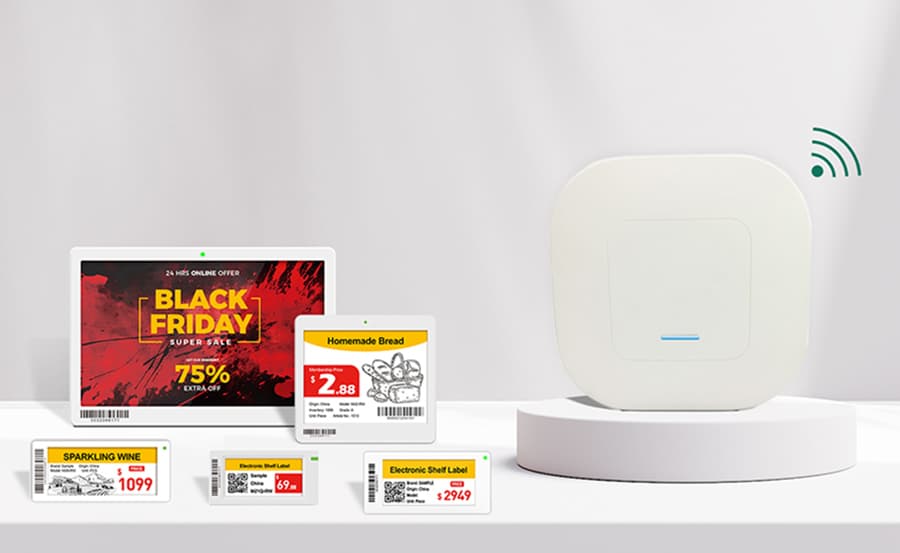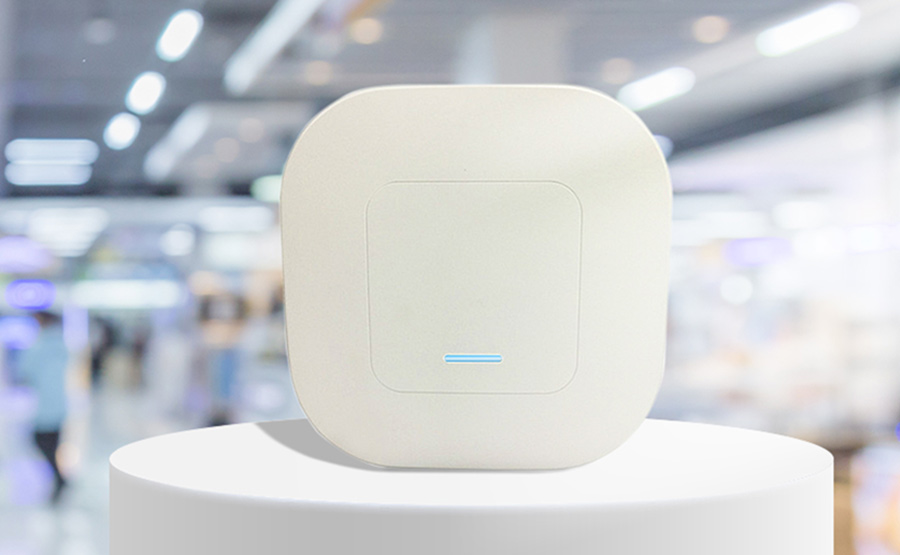What is the LCD? Unpacking Liquid Crystal Display Basics
LCD (Liquid Crystal Display) is a screen technology that uses liquid crystals to control how much light passes through, similar to how blinds filter sunlight. Since it doesn’t emit light itself, it requires a backlight to display images.
There are two main types of backlighting:
1. CCFL (Cold Cathode Fluorescent Lamp):
An older backlight technology using fluorescent tubes. It’s low-cost but bulky, less bright, and energy-intensive. Now mostly found in outdated or budget devices.
2. LED (Light Emitting Diode):
The modern standard. It offers higher brightness, lower power consumption, and slimmer screen designs. Many models support local dimming for better contrast, making it ideal for TVs, monitors, and digital signage.
In short, an LCD is like a transparent canvas. The backlight—CCFL or LED—acts as the light source behind it.

Understanding Self-Emissive LED Displays
1. Technology Breakdown
- Self-emissive mechanism: Each pixel emits light independently (no backlight needed)
- Pixel composition: Made of red, green, and blue LED diodes arranged in arrays
- Common applications: Outdoor billboards, large venue screens, sports stadium displays
2. Key Advantages
- Extreme brightness: Up to 5,000 nits (suitable for direct sunlight)
- True black levels: Pixels turn off completely for perfect contrast
- Wide viewing angles: 178°+ with no color shift
3. Limitations
- High cost: 3-5x pricier than LED-backlit LCD for the same size
- Power consumption: 200- 500W for 55" display (vs 40-60W in LED-backlit LCD)
- Pixel size constraints: Not suitable for small screens (minimum 0.9mm pixel pitch)
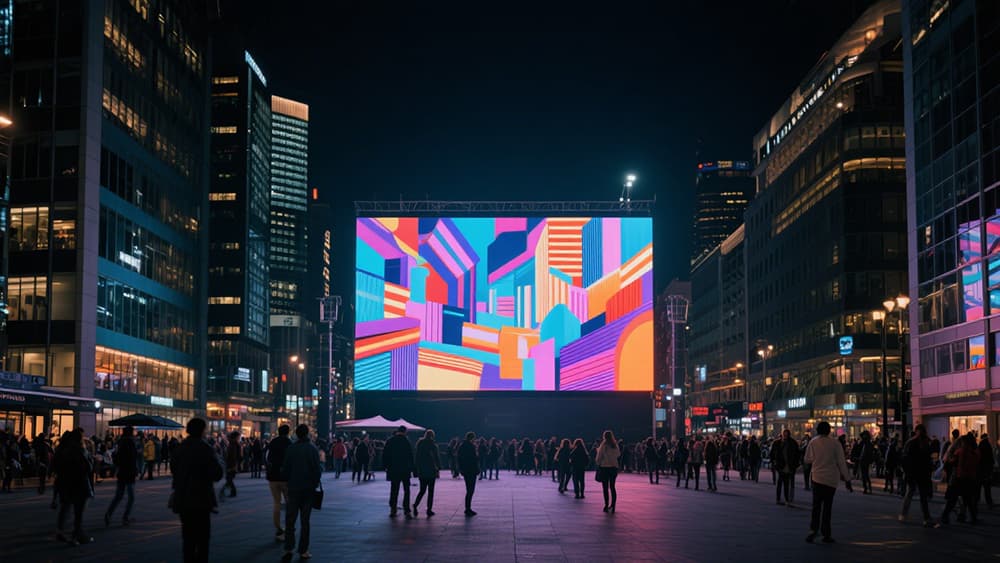
LCD vs LED Difference: Tripartite Technical Comparison
| Feature | LCD (CCFL) | LED-Backlit LCD | Self-Emissive LED |
| Light source | CCFL backlight | LED backlight | Self-emitting pixels |
| Contrast ratio | 1000:1 | 3000:1 (local dimming) | ∞:1 (pixel-level dimming) |
| Power consumption | 80- 120W (55") | 40-60W (55") | 200- 500W (55") |
| Initial cost (55") | $300-500 | $500-800 | $2000-5000 |
| Maintenance cost/year | $50-100 | $20-50 | $200-500 |
Why is LCD cheaper than LED?
1. LCD (CCFL) Cost Drivers
- Mature technology: 20+ years of manufacturing optimization
- Simplified components: CCFL backlights and basic LCD panels
- Example: 32" CCFL LCD monitor costs ~$100-150, 30% cheaper than LED equivalent
2. LED-Backlit LCD Premium
- Advanced backlight systems: Local dimming modules add $100-200 to base cost
- Long-term savings: 5-year total cost of ownership (TCO) 40% lower than CCFL LCD
3. Self-Emissive LED Cost Realities
- Pixel manufacturing complexity: Micro-LED arrays require precision assembly
- Scale dependency: Prices drop significantly for 100"+ displays (economies of scale)
- TCO comparison: 55" self-emissive LED costs 4x more than LED-backlit LCD over 5 years
LCD vs LED vs QLED: Performance Showdown
1. LCD vs LED-Backlit LCD
- Cost: LCD is 30% cheaper initially, but LED-backlit saves 50% on electricity over 5 years
- Lifespan: LED-backlit lasts 2-3 years longer than CCFL LCD
2. LED-Backlit LCD vs Self-Emissive LED
- Indoor vs Outdoor:
- LED-backlit LCD: Ideal for indoor retail (800 nits brightness, low glare)
- Self-Emissive LED: Necessary for outdoor visibility (1500+ nits)
- Resolution trade-off:
- LED-backlit LCD: Supports 4K/8K on small screens
- Self-Emissive LED: 4K requires extremely small pixel pitch (cost-prohibitive)
3. QLED vs Self-Emissive LED
- Color accuracy: QLED matches self-emissive LED in gamut but lacks true blacks
- Size limitations: QLED tops out at 100", while self-emissive LED scales to stadium sizes
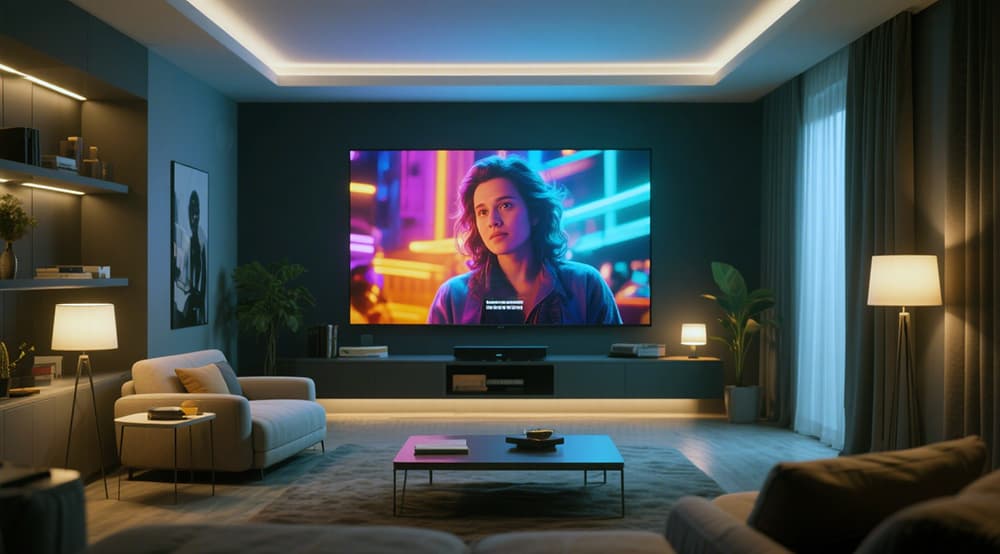
What are the advantages of LCD( LED-Backlit)?
Why LED-Backlit LCD Shines in Retail
1. Retail-Focused Advantages
- Dual environment adaptability:
- Indoor brightness: 300-1000 nits cuts through store lighting
- Energy efficiency: 1/5 the power of self-emissive LED for the same size
- Cost-effectiveness:
- 10-inch digital signage: $150-200 vs $800+ for self-emissive LED panels
- Content versatility:
- Supports high-resolution images/videos on small screens (e.g., eyewear product demos)
2. Case Study: Retail Performance Metrics
- Stores using LED-backlit LCD signage achieve:
- 32% higher engagement than static posters
- 60% faster content updates vs self-emissive LED (which requires specialized software)

When to Choose Self-Emissive LED
- Outdoor advertising: Billboards, drive-thru menus, gas station displays
- Large venues: Concert stages, sports arenas, convention centers
- Digital art installations: Requiring seamless large-scale displays
Eye Health & Longevity: Tripartite Comparison
1. LCD vs LED Which is Better for Eyes
- LCD (CCFL): Medium risk (harsh backlight)
- LED-Backlit LCD: Low risk (flicker-free models with blue light filters)
- Self-Emissive LED: High risk at full brightness (recommend 50% intensity for indoor use)
2. Lifespan & Maintenance
- LCD (CCFL): 5-7 years (backlight degradation)
- LED-Backlit LCD: 7-10 years (minimal maintenance)
- Self-Emissive LED: 6-8 years (pixel replacement needed for dead diodes)
FAQs
1. What's the difference between LED and LCD (self-emissive LED)?
Simple explanation: When people say "LED display," they usually mean an LCD screen with LED backlighting (like most TVs today). Self-emissive LED is a different technology where each pixel lights up on its own—think of huge outdoor billboards or stadium screens. The key: LED-backlit LCD needs a backlight, while self-emissive LED is like millions of tiny light bulbs working independently.
2. Is LCD better than LED?
Answer: "LCD" alone often refers to old-style screens with CCFL backlights, which are cheaper but less efficient. LED-backlit LCD is the modern standard, offering better brightness, contrast, and energy savings. Avoid pure CCFL LCDs for most uses—LED-backlit is the better choice for value.
3. Which lasts longer: LCD or LED?
Lifespan comparison: Traditional LCD (CCFL) lasts 5-7 years, while LED-backlit LCD lasts 7-10 years. Self-emissive LED displays typically last 6-8 years but require more maintenance. The LED backlight in LCDs is more durable and fades less over time.
4. Why is LCD cheaper than LED?
Cost breakdown: LCD technology has been around longer, so manufacturing is cheaper. LED-backlit LCDs cost more upfront because LED components and backlight systems are more advanced. However, LED-backlit models save money on electricity and last longer, making them cheaper in the long run.
5. Is an LCD display good for eyes?
Eye health facts: Old CCFL LCDs can strain eyes due to harsh backlighting. Modern LED-backlit LCDs are better—look for models with "flicker-free" and blue light filter features. Self-emissive LED displays are too bright for close use and should be dimmed for indoor environments.
6. Do LED screens degrade over time?
Degradation reality: Yes, but slowly. LED-backlit LCDs lose about 10% brightness after 50,000 hours (5-6 years of daily use). Self-emissive LED screens may develop dead pixels over time, which require professional repair. Regular cleaning and avoiding full brightness 24/7 can extend the lifespan.
7. Is QLED better than LED?
QLED vs LED-Backlit LCD: QLED is a premium version of LED-backlit LCD, using quantum dots for brighter colors and higher HDR support. It's better for color accuracy but costs 30-50% more. For most retail uses, standard LED-backlit LCD balances performance and cost effectively.
8. When to Avoid LED?
Low-light environments: OLED is preferable for deep blacks
Extreme temperature use: LCD performs better in cold climates
Conclusion: Matching Technology to Need
- Budget & small screens: LCD (avoid CCFL models)
- Indoor retail & mid-size screens: LED-backlit LCD (optimal balance of cost/performance)
- Outdoor & large-scale displays: Self-emissive LED (despite higher cost)
- Premium color accuracy: QLED (for indoor use where true blacks aren’t critical)
Datallen: Elevating Retail with LED-Backlit LCD Expertise
Datallen’s digital signage solutions leverage LED-backlit LCD technology to deliver:
- Perfect brightness for retail settings—striking the ideal balance between performance and budget
- Cloud-based remote management (update prices/promotions in seconds)
- Customizable templates for eyewear, cosmetics, and more
- 50% lower energy consumption than self-emissive LED setups
[Contact us](Email: inquiry@datallen.com) for a demo of our LED-backlit LCD solutions—perfect for enhancing customer engagement while minimizing operational costs.
For more insights, check out:
1. Stretched Bar LCD Displays Guide: Cost, Installation & Key Benefits
2. How to Select Among Various Types of Digital Signage
3. 2025 Innovative Retail Shop Display Ideas: Crafting Memorable Retail Experiences
4. Datallen | Digital Signage Costs 2025: Buying & Installation Guide
5. Datallen | Transforming Retail Spaces: The Impact of Strategic LCD Display Signage Placement

